We've all heard about the rise in popularity of STEM education, but is it really that important for our children?
In short, yes. STEM teaching is being used alongside our conventional subjects to help students learn complex principles and new skills that are crucial in today's ever-evolving world.
Today, we will explore the skills that can be acquired through STEM learning, the career paths it opens, and some great STEM tools available on the market. So stay tuned and find out why STEM education is important for your children.
Critical skills development

The three fundamental skills fostered through STEM education are critical thinking, problem-solving, and creativity.
STEM subjects often present complex problems that require students to analyse information critically, discern patterns, and make informed decisions. This nurtures an inquisitive mindset, prompting students to ask questions and use critical thinking.
Problem-solving is another skill that is taught through STEM learning. Given the challenge-based nature of STEM activities, students are continually encouraged to devise innovative solutions to real-world problems. This approach is crucial for teaching problem-solving skills that will be useful in both academics and everyday life.
Finally, creativity is also at the heart of STEM education. Contrary to the traditional perception of STEM fields being rigid or strictly analytical, these disciplines often require a high degree of creative thinking. For example, students could be tasked with coding a robot to complete a racecourse or perform a funny dance.
Preparation for future careers

STEM skills are a valuable asset across a multitude of careers because of their versatile nature. For instance, critical thinking is universally valued, particularly in professions that require the evaluation of information to make reasoned judgments, such as Law, Journalism, and Research Science. Problem-solving finds an application in professions such as Engineering, Software Development, and Mathematics. While creativity is essential in industries where innovation is key like Advertising, Architecture, and Film Production.
In addition, STEM teaching can also help students learn essential 21st-century skills like technological literacy. Being adept at using new technology and having the ability to quickly learn new tech tools is crucial for careers in IT, Graphic Design, Web Development, and more.
Global competency
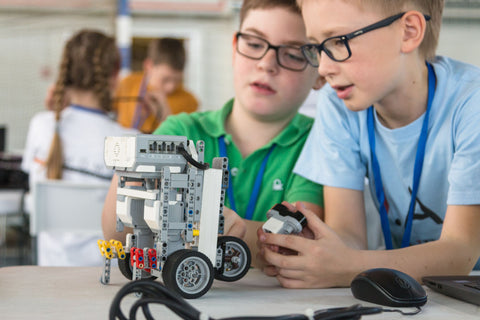
With advancements in technology and the ongoing process of globalisation, the demand for a workforce proficient in science, technology, engineering, and mathematics continues to grow exponentially.
STEM education also teaches students to approach challenges with an analytical mindset, promoting problem-solving skills, and encouraging innovation. In a global economy that values innovation and critical thinking, these skills are highly prized.
Jobs in STEM fields are among the fastest-growing worldwide, and they often offer higher pay (even for entry-level positions) making them a wise career choice for young people entering the workforce.
Role of STEM technology
Technology plays a pivotal role in nurturing STEM education by providing students with practical experience, interactive learning, and a platform to apply theoretical concepts. Here are some great STEM tools and how they can benefit students.
BBC Micro:bit v2.21 GO
The Micro:bit v2.21 GO is a mini computer designed to make coding fun and accessible for students. It is an effective tool for teaching coding, computation, and digital technology principles to students, fostering their interest in STEM from an early age.
Some interesting features include:
- Microphone: providing students with the opportunity to integrate sound-sensing functionalities into their projects.
- Speaker: allowing students to program their devices to emit different sounds in response to specific commands or triggers.
- Programmable LED matrix: empowering students to visually represent data, display text, numbers, and create images.
With the Micro:bit's versatile features, students are encouraged to create, innovate, and explore digital solutions, making learning interactive and engaging.
LEGO® Learning System
LEGO® Learning System is an educational approach that uses LEGO's iconic bricks and a hands-on, playful approach to facilitate STEAM education. This method transforms abstract concepts into tangible lessons, with activities like building and storytelling.
Moreover, the "built-in scaffolding" in the LEGO® Learning System makes starting easy for students and teachers, helping them move through lessons smoothly. It also provides special training resources that help teachers keep improving as they move from one grade level to the next.
Overall, this technology enhances STEM education by providing an interactive and captivating form of learning. It breaks down complicated subjects into enjoyable lessons and fosters essential skills like creativity and problem-solving.
Edison Robot Kit v2
The Edison Robot is a programmable robot designed to be a complete STEM teaching resource for coding and robotics education for students. Edison Robot Kit v2 provides hands-on experiences with robotics and coding, helping students develop computational thinking and programming skills.
The robot's top features include:
- Precision driving: enabling the robot to move accurately with control over speed and direction and providing students with a realistic introduction to the principles of robotics and automation.
- EdScratch programming: user-friendly programming language where students can create code by stacking blocks (a method that visually represents coding logic and structure).
- LEGO compatibility: allows students to combine the Edison robot with LEGO pieces to construct and customise their robotic creations, unlocking endless possibilities for creativity and innovation.
Through engaging activities and challenges, students not only learn coding but also grasp essential concepts in mathematics and science.
PocketLab Voyager 2
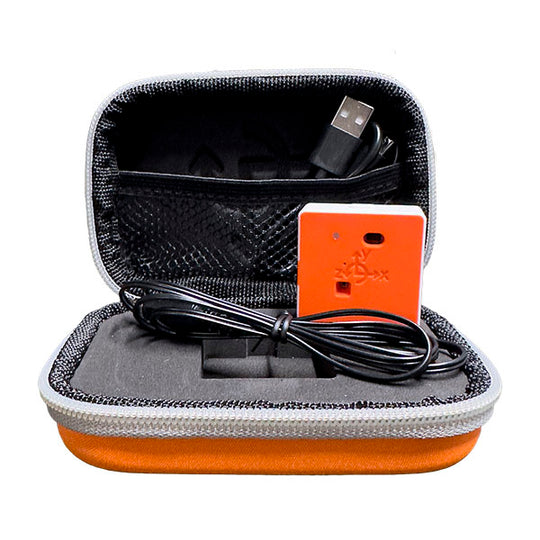
PocketLab Voyager 2 is a science lab that fits in your pocket. It is a versatile and robust tool for exploring science and gathering data for experiments. The Voyager 2 can measure motion, light, magnetic fields, and weather, making it the perfect tool for science case studies.
Overall, running experiments with this STEM tool fosters children's inquiry skills and understanding of scientific principles and concepts.
Shop for STEM technology at CD-Soft
Whether you are a parent or a school, CD-Soft has all the STEM tools your children need to learn essential skills like critical thinking, problem-solving, creativity, and more. We supply all of the products mentioned in this article and can help you select the best ones for your needs.
Contact us today for guidance on our products or to request a FREE quote for large orders. One of our friendly team members will be happy to assist you!
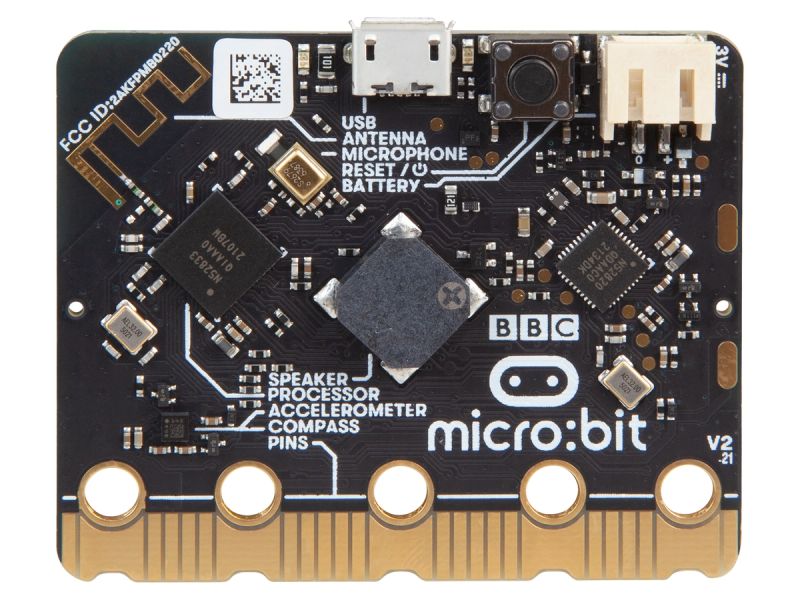

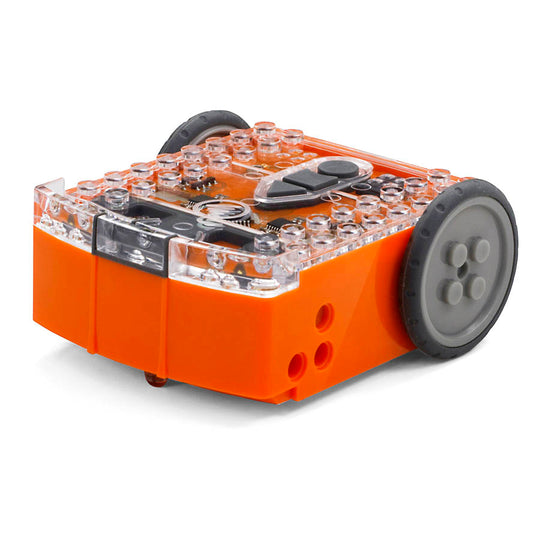
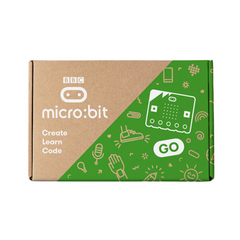 BBC micro:bit v2.21 GO - $28.15 inc GST
BBC micro:bit v2.21 GO - $28.15 inc GST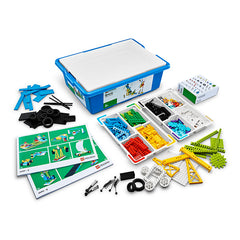 LEGO® Education BricQ Motion Essential Set - $247.50 inc GST
LEGO® Education BricQ Motion Essential Set - $247.50 inc GST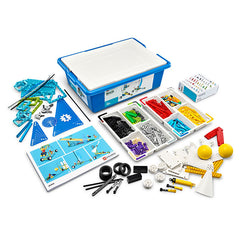 LEGO® Education BricQ Motion Prime Set - $247.50 inc GST
LEGO® Education BricQ Motion Prime Set - $247.50 inc GST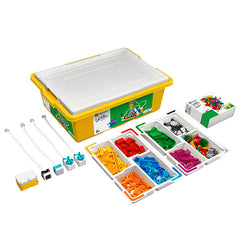 LEGO® Education SPIKE™ Essential Set - $515.90 inc GST
LEGO® Education SPIKE™ Essential Set - $515.90 inc GST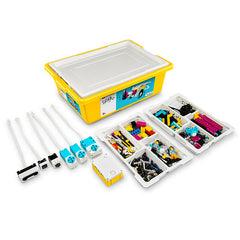 LEGO® Education SPIKE™ Prime Set - $679.80 inc GST
LEGO® Education SPIKE™ Prime Set - $679.80 inc GST LEGO® Education Science Kit 5+ - $515.90 inc GST
LEGO® Education Science Kit 5+ - $515.90 inc GST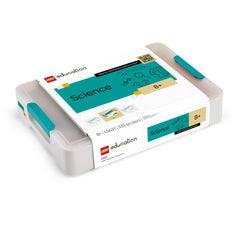 LEGO® Education Science Kit 8+ - $647.90 inc GST
LEGO® Education Science Kit 8+ - $647.90 inc GST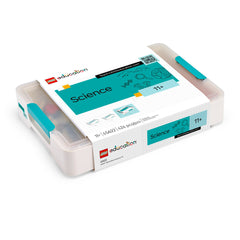 LEGO® Education Science Kit 11+ - $812.90 inc GST
LEGO® Education Science Kit 11+ - $812.90 inc GST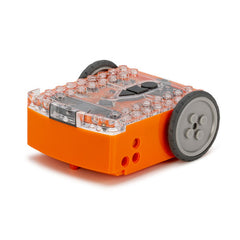 Edison Robot V3 - $59.95 inc GST
Edison Robot V3 - $59.95 inc GST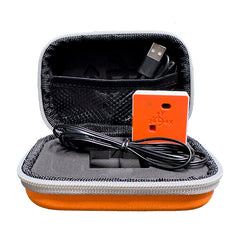 PocketLab Voyager 2 - $389.40 inc GST
PocketLab Voyager 2 - $389.40 inc GST






